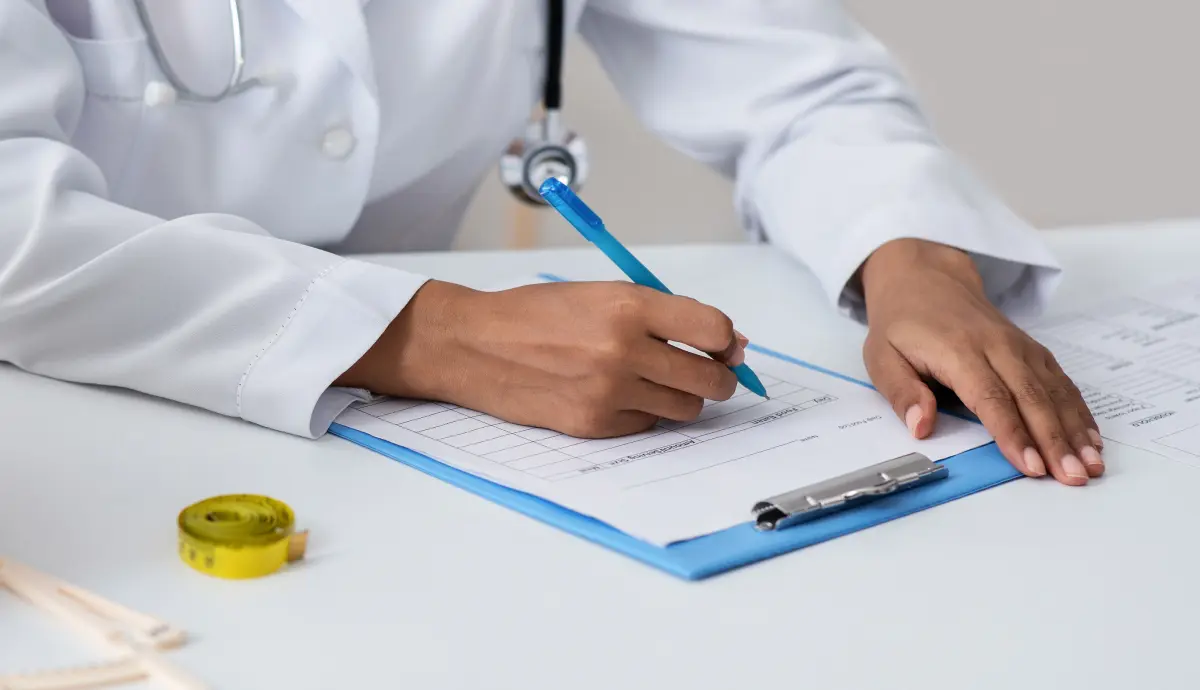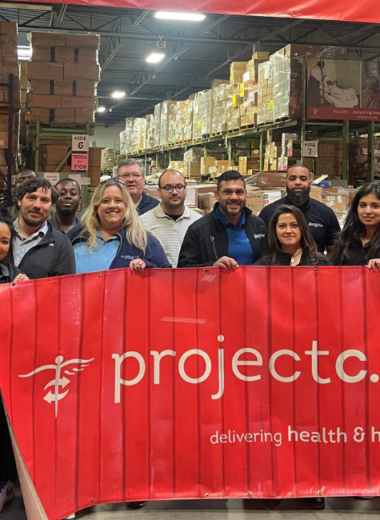
Healthcare-associated infections (HAI) threaten patient safety and can totally derail an otherwise positive patient experience. Research shows that proper education and healthcare associate training can increase HAI compliance, promote best practices like hand hygiene, and cultivate a safety culture.
Healthcare-associated infections (HAI) threaten patient safety and can totally derail an otherwise positive patient experience. Research shows that proper education and healthcare associate training can increase HAI compliance, promote best practices like hand hygiene, and cultivate a safety culture. This hospital patient room cleaning checklist is a great tool to help associates follow guidelines to support patient, family, and hospital staff safety.
1. Perform Proper Hand Hygiene
Many pathogens that lead to infection are transmitted by healthcare personnel hands. Any associate in a hospital setting can transfer pathogens via their hands. In fact, 80% of infections are spread by hands, making the necessity of proper hand hygiene clear. If hand hygiene is not performed, a food tray or wheelchair can just as easily transfer pathogens as a bed rail. At a minimum, hand hygiene should occur upon entry and exit of a patient’s room. Whether hand sanitizer or soap and water is best depends on the situation, but both come with their own benefits.
2. Conduct Preliminary Visual Assessment
Before cleaning, support staff should conduct a visual assessment to decide if:
- The status of the patient could present a challenge to safe cleaning
- Obstacles exist that could present a challenge to safe cleaning
- Additional PPE or supplies are needed
- Any damaged or broken surfaces or furniture need to be reported
3. Move From Cleaner to Dirtier Surfaces
Moving from cleaner to dirtier areas helps associates avoid spreading microorganisms or dirt. For example, associates should clean infrequently touched surfaces before cleaning frequently touched surfaces.
4. Move From Top to Bottom
Associates should also clean from top to bottom to ensure microorganisms or dirt don’t drip or fall, contaminating areas that have already been cleaned. For example, associates should clean bed rails before bed legs and environmental surfaces before floors.
5. Clean in a Systematic Manner
By proceeding systematically, associates can avoid missing areas. Associates might clean a multi-bed area by cleaning each patient zone in the same way, starting at the foot of each bed and then moving clockwise or left to right.
General Surface Cleaning Steps
Environmental services staff can use the following hospital patient room cleaning checklist for each surface that needs to be cleaned:
- Submerge a fresh cleaning cloth in an approved disinfectant solution (disposable disinfectant wipes may also be an option).
- Fold the cloth in half, so it is approximately the size of a hand.
- Wipe surfaces following general checklist items listed above.
- Rotate and unfold the clothing regularly, using all sides.
- Once all sides of the cloth are used or are no longer soaked with cleaning solution, dispose of that cloth or store it for reprocessing.
- Repeat from step one in this list until all surfaces are cleaned.
Associates should also ensure they attend to body fluid spills immediately to prevent contamination.
Best practices before cleaning any patient room include:
- Ensuring the availability of fresh cleaning cloths to use at the start of every cleaning session.
- Changing cleaning cloths once they are no longer saturated with cleaning solution.
- Changing cleaning cloths between every patient zone in higher-risk areas.
- Ensuring associates have enough cleaning cloths to complete any required cleaning session.
Following a hospital patient room cleaning checklist can help environmental services staff maintain a safe and secure setting. Learn more about the pillars of safety in healthcare for a detailed roadmap healthcare organizations can follow for developing cleaning and disinfecting procedures.
Related Posts
Let’s Talk About the Right Solution for Your Organization
Get in touch to discuss how Crothall Healthcare’s services and solutions can help your healthcare organization exceed its goals. You’ll learn more about:
- The transparency we bring to outsourced support services
- How we design customized solutions for your unique needs
- The technology and innovation Crothall delivers across all our services


